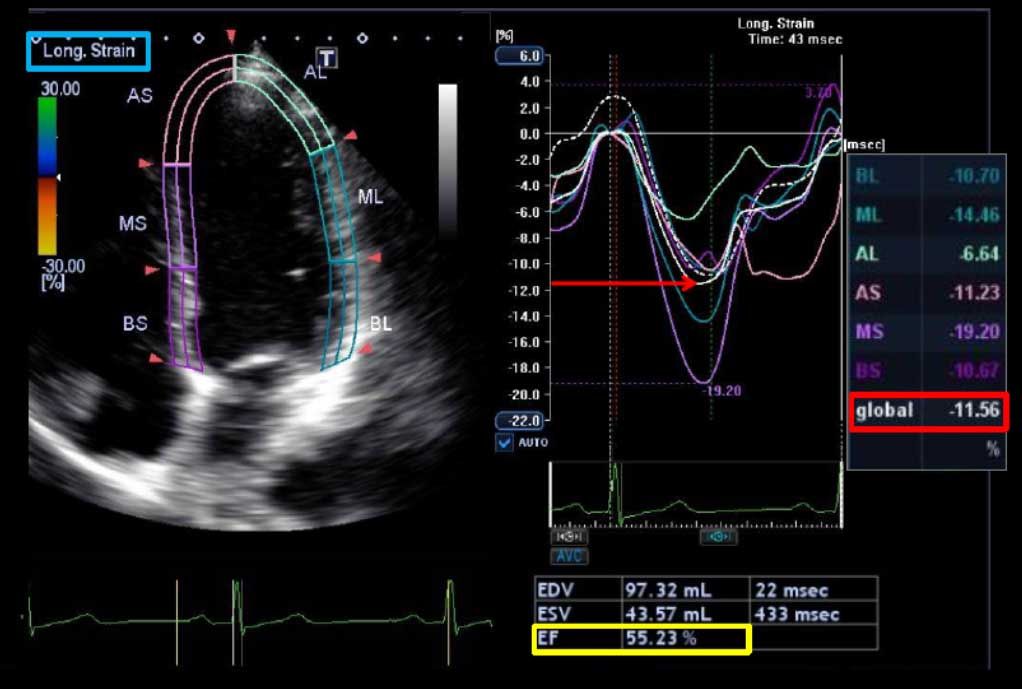Real-Life Observations of Clinical Outcomes With Rhythm- and Rate-Control Therapies for Atrial Fibrillation: RECORDAF
Authors: Camm AJ, Breithardt G, Crijns H, et al.
Citation: J Am Coll Cardiol 2011;58:493-501.
Study Question: What are the outcomes of rhythm- and rate-control strategies for atrial fibrillation (AF) in clinical practice?
Data from 5,604 patients (mean age 66 years) enrolled in a longitudinal AF registry were analyzed upon enrollment and at 6 and 12 months of follow-up.
Results: The clinical outcomes that differed significantly between the rhythm- and rate-control groups were cardiovascular death (0.9 vs. 2.8%, respectively), stroke/transient ischemic attack (1.7 vs. 2.8%, respectively), hospitalization for arrhythmia/proarrhythmia (11.3 vs. 7.3%, respectively), and heart failure (2.4 vs. 4.8%, respectively). Adverse outcomes were related to renal disease, coronary disease, heart failure, prior stroke, and age, but not to the management strategy.
Conclusions: The authors concluded that adverse outcomes during follow-up in patients with AF are largely a function of age and comorbidities, not the management strategy.


